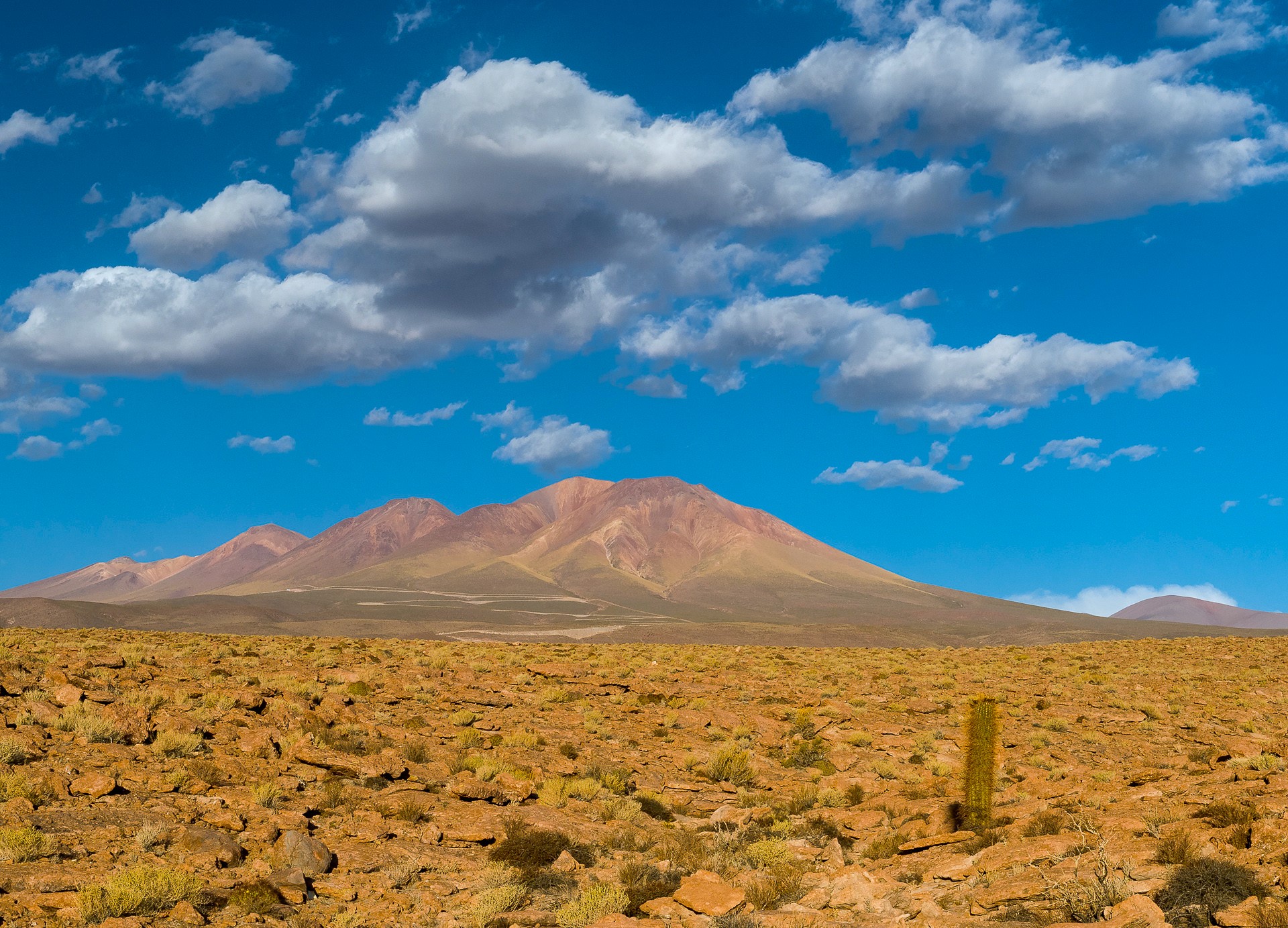The driest non-polar desert in the world, the Atacama is vast and alien: endless red hills and dusty plains. Stretching 1,600 km along the Pacific coast of Chile, temperatures can rocket to 40-degrees plus. But at night, it’s almost zero. And every morning, the desert is covered in a thick fog that rolls in from the ocean – practically the only form of precipitation the region receives. There are areas of the Atacama, it’s said, where rain has never fallen…
What it does have, however, is minerals – like Cyprus, the Atacama is known for its copper. The region is also known for its salt flats, as well as its migratory flamingos, which have developed unique adaptations to thrive in the harsh climate. Of course Cyprus doesn’t have llamas, vicunas, or alpacas (three species that are plentiful throughout the region), nor does it have a surfeit of penguins. And, though we do have the odd observatory, it’s nothing compared to the telescopic arrays of the Paranal Observatory, said to be among the best astronomical observatories on the planet!
Just 1 million people inhabit the harsh Atacama region but humans have been carving out an existence here since 9000 BC – relying mostly on agriculture and seafood for sustenance…
The earliest diet was based on fish, corn, quinoa and potatoes (the ancient Aymara tribes are even believed to have invented a type of freeze-dried potato that could last for years!), often favoured with desert herbs and flowers. But even in this day and age, the Atacama fare remains fairly unique.

Easily dried and transported, llama meat is sustaining fare indeed – just what you need on a long, cold desert trek. Pair it with the local coca tea, and you could keep going for ever…
Like rica-rica (a minty plant that’s used as an aperitif), pingo-pingo (whose stems are made into an alcoholic syrup), and copa-copa (which is said to cause dream-like experiences), coca is a mild stimulant. Made from an infusion of coca leaves, this bittersweet tea was once used as a cure-all. Today, it’s seen more as a refreshing, heat-beating drink – just what you need when you live and work in one of the driest regions of the planet!







Click here to change your cookie preferences